
Heel Pain X-ray YES or NO by Dr Brenden Brown – Podiatrist
Heel Pain X-ray YES or NO by Dr Brenden Brown - Podiatrist
Transcript
So, you've got heel pain and you want to know whether or not you need an X-ray. Well, guess what? I'm here to tell you that you most probably don't.
Why you ask? Most times no matter what great aunt Beth tells you, heel spurs on the bottom of your heel don't actually cause pain.
Now we know that because stacks of people actually have and present with heel spurs, but actually have no pain whatsoever.
You need to trust your clinician to actually make the right diagnosis for you. We know from research as well that heel spurs don't cause pain.
There's stacks of evidence out there, so you probably are better off spending your money and your time getting other treatments or information rather than getting an X-ray.
I hope that helps. Make sure you head to our information below and our links to look up more information about heel pain, foot types, and other sports injuries. We look forward to making you happy, healthy and active.
Bye for now.
ABOUT DR BRENDEN BROWN
Founder of A Step Ahead Foot + Ankle Care in Sydney, and former president of the Australasian Podiatry Council, Dr Brenden Brown (A.K.A Dr Foot) is a wealth of knowledge on how to take care of your feet, including how to find the best shoes.
Follow him on social media:
instagram.com/askdrfoot
facebook.com/podiatristsydney
twitter.com/AStepAheadFAC
Related articles:
If you like this video, then check out our other related blog posts and videos:
* No medical treatment can guarantee 100% success. Registered medical and health professions in Australia are by law not allowed to guarantee success. This comes as a result of all human bodies reacting differently to treatments. Patients should thoroughly consider all treatment options available to them.

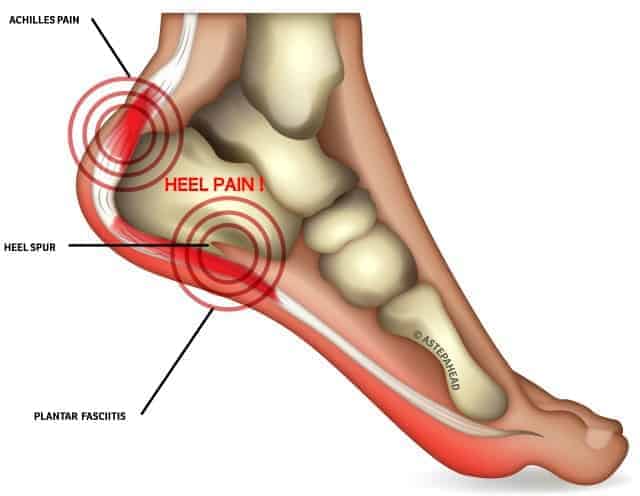
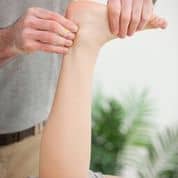
 This sounds more simple than it is. Here goes, My tips would be this -Lace up shoes are best. Runners / Sneakers are the style I changed to immediately when pain struck me. Now I don’t feel right in runners at the clinic so I wear business shoes with laces, swapping out of my elastic sided RM’s.
This sounds more simple than it is. Here goes, My tips would be this -Lace up shoes are best. Runners / Sneakers are the style I changed to immediately when pain struck me. Now I don’t feel right in runners at the clinic so I wear business shoes with laces, swapping out of my elastic sided RM’s.

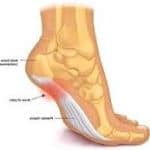
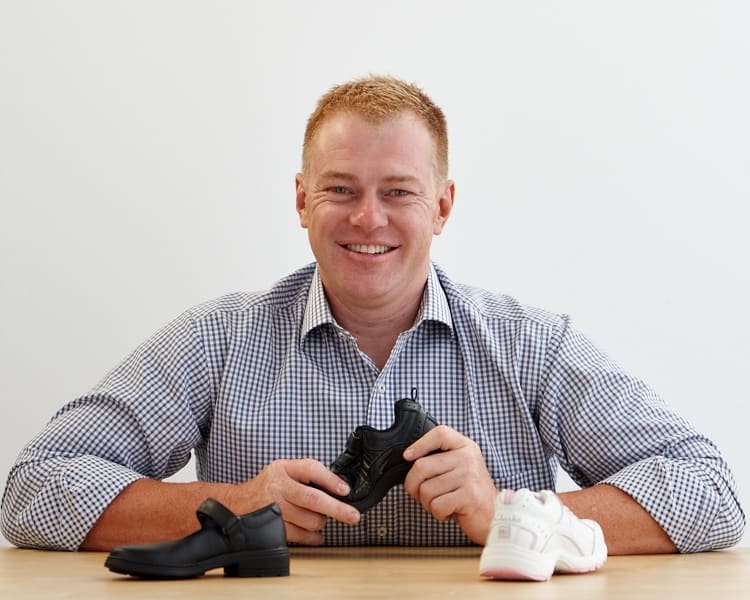
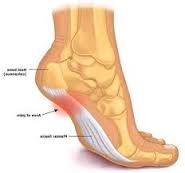
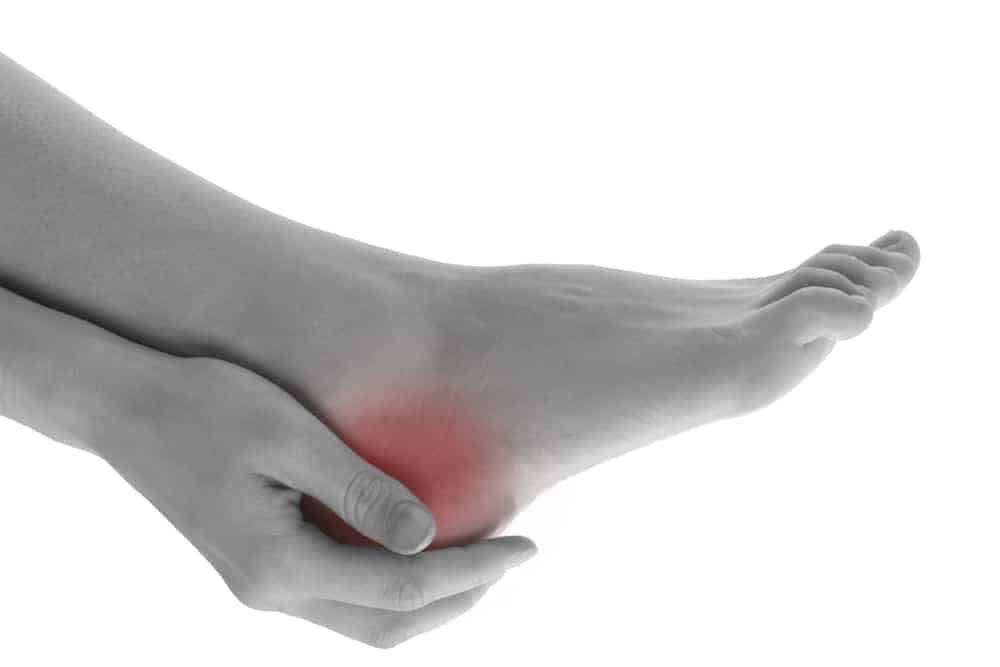
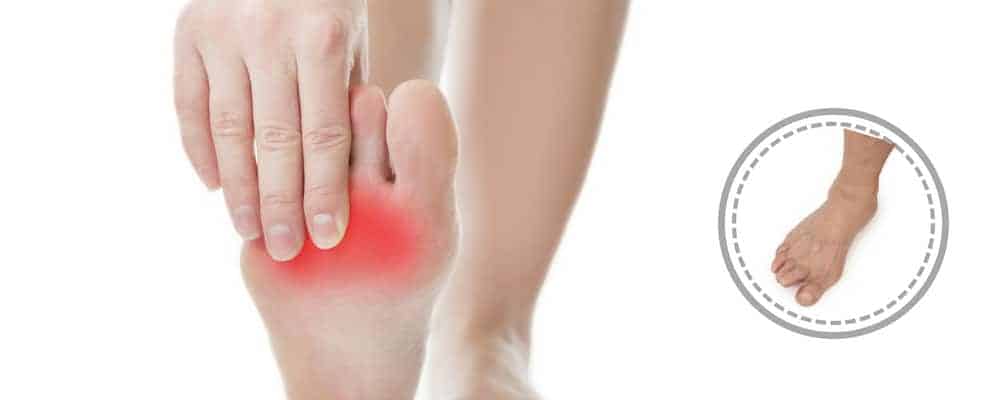



 Dr Brenden’s White paper report on the “6 Reasons You Won’t Beat Heal Pain” outlines what’s stopping you from beating this and tips on how to stop it in its tracks!
Dr Brenden’s White paper report on the “6 Reasons You Won’t Beat Heal Pain” outlines what’s stopping you from beating this and tips on how to stop it in its tracks!